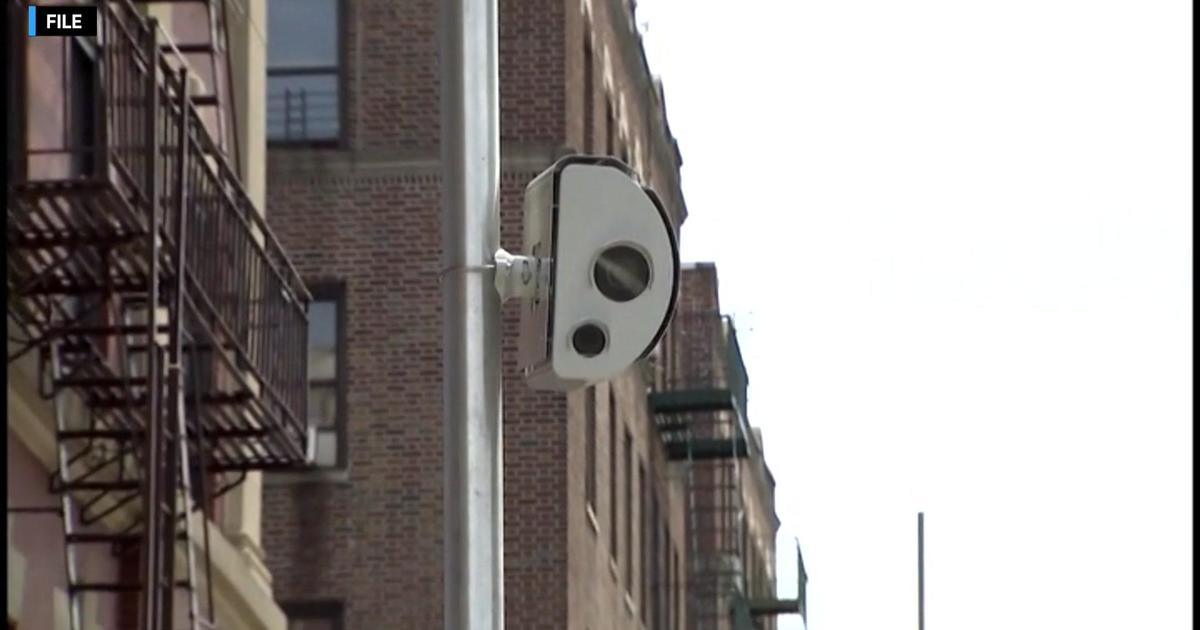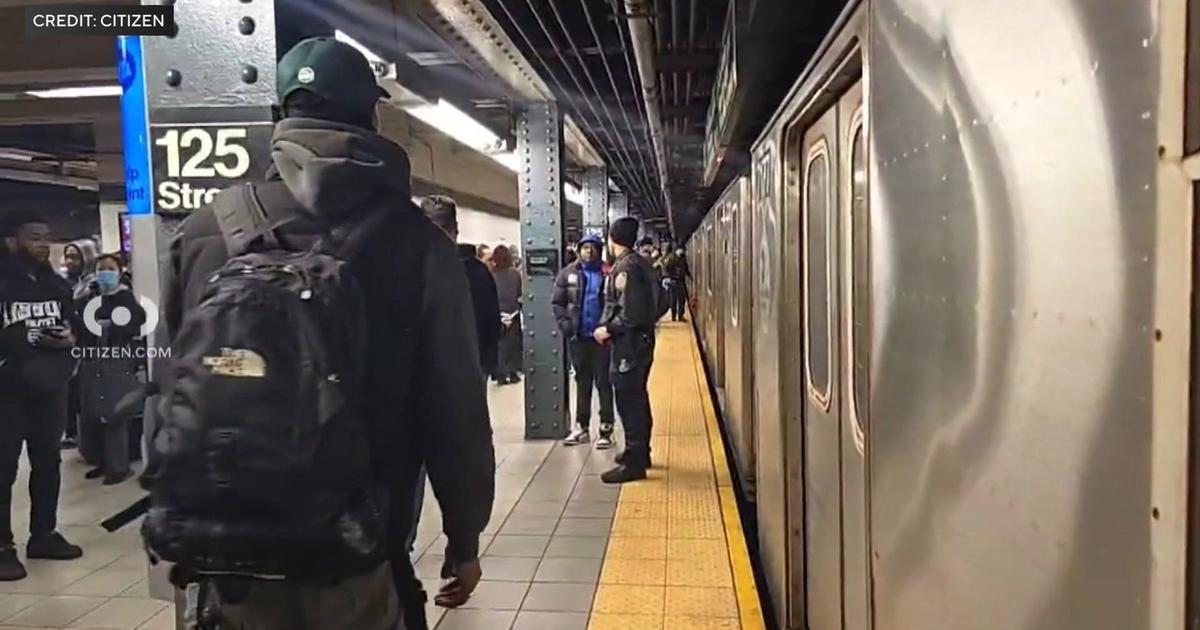'Byzantine' Vote-Counting Process In NYC Draws Criticism
NEW YORK (AP) -- In a city known for its fast pace, getting results on election night can be maddeningly slow.
Finding out the unofficial results after New York City's polls close can require plenty of patience, thanks to a paper-and-scissors, multiple-person process the city Board of Elections says it must, by state law, follow for vote tabulating and reporting.
It's a process that election watchers dealt with on March 20, when it took hours after the polls closed before it was clear a special election for a state Senate seat would be too close to call, and would have to be settled by counting absentee ballots.
And they'll have to deal with it up to four times in the coming months: The Republican presidential primary set for April, the congressional primary scheduled for June, the state Legislature primary that's planned for September, and the general election in November.
"You throw up your hands in despair, not only at the Board of Elections but at some of the byzantine election law that hasn't been updated, that leaves us with 21st-century technology and 20th-century vote-counting regulations," said Neal Rosenstein, elections specialist at the New York Public Interest Research Group.
Susan Lerner, executive director of the advocacy group Common Cause New York, calls the process "beyond excruciating."
Here's how it works: Voters in the city go to their poll sites and fill out their ballots by hand. The ballots are fed into the scanning machines. When the polls close, the scanners print out paper tapes, similar to the ones found in grocery stores. The tapes show the results from that particular scanning machine, broken down by the different candidates.
Those tapes are cut up, and the pieces divided up by election district. Poll workers then take the strips of paper and add up the totals, then write them down on canvassing sheets. Police officers take the sheets to the precincts, then enter the totals into a computer that are then reported electronically as the unofficial election returns to media outlets who use them to call races.
New York City's Board of Elections, which is not under the city government's control, says it's bound by state law to do it this way, down to the police officers at the polling places who take the canvassing sheets to the precincts.
General Counsel Steven Richman said the board understood the frustrations about getting the preliminary vote counts out.
"They've heard the concerns, they're cognizant of the need for some changes," he said.
Richman said the board in February had proposed some revisions to the state law, including allowing the police to input the tallies directly from the scanners' portable memory devices inserted into computers instead of the hand-counted tally sheets. Of course, implementing a system like that would require the funds to set it up.
"This is a decision that the governor and the state Legislature has to make, we can only ask," he said. "We're doing our best to comply with the requirements imposed on us."
In other parts of the state, the vote-counting issues tend to center around whether voters are filling out ballots properly or if the scanning machines are properly reading them, which can lead to problems of under- and over-counts, said Barbara Bartoletti, legislative director of the New York State League of Women Voters. The issue concerning the chain of custody of ballots is unique to New York City, she said.
Douglas Kellner, co-chairman of the state Board of Elections, said the city board's way of doing things both delays the election night returns and potentially reduces the accuracy of the returns since the people adding up the votes and entering them on sheets or in the computers are capable of errors at "several points in the process."
In the 2008 Democratic presidential primary, for example, an unusual number of data entry errors by poll workers and police officers appear to have been responsible for inaccuracies in the vote tallies reported to the news media. The state was using the old lever machines instead of the new scanner machines installed in 2010, but the vote counting process still included poll workers reading numbers and police officers entering data.
Kellner has been advocating a system like the one the city board proposed in its revision suggestions, where the tapes are printed out and kept but it's the drives from the scanners themselves that are transported to other computers and the information downloaded from them for the unofficial tallies.
Critics agree that the state Legislature could take steps to change the law, but don't hold out much hope of anything happening in time to affect this year's elections.
"It's a mess and unfortunately there is usually a hue and cry on election night and for the week afterward and then the clamor dies down and the Legislature goes on," Rosenstein said.
(Copyright 2012 by The Associated Press. All Rights Reserved.)



